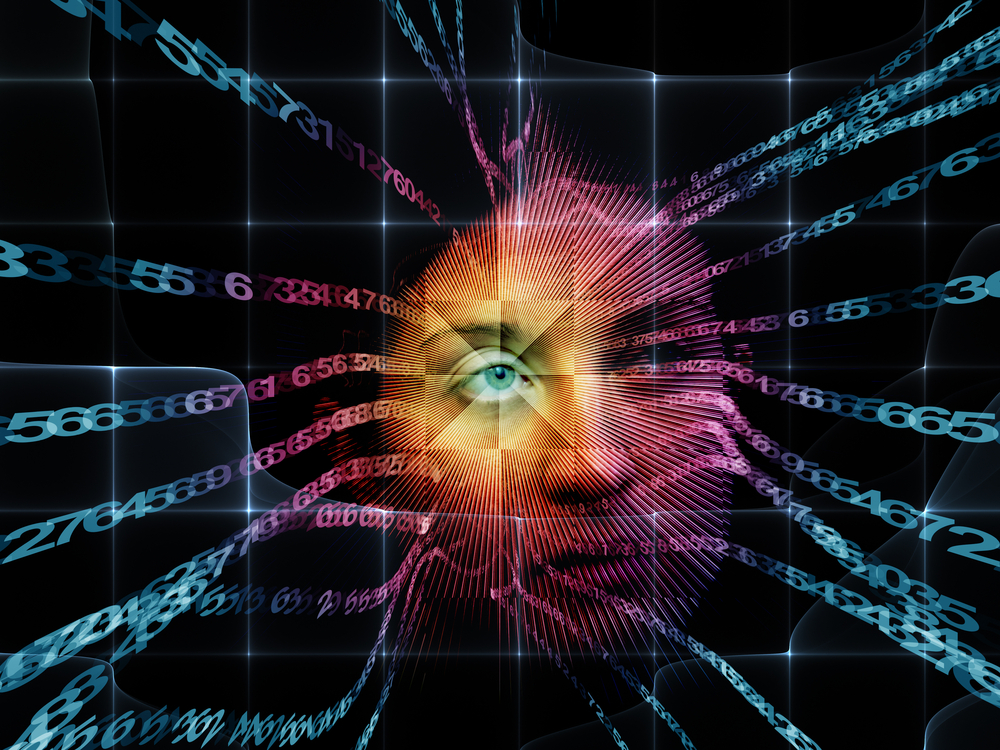What Is Synesthesia?

Synesthesia is a neurological condition that causes the brain to process data in the form of several senses at once. For example, a person with synesthesia may hear sounds while also seeing them as colorful swirls. The condition isn't fully understood, but it is thought to be genetic, and it affects more women than men.
Synesthesia is uncommon, occurring in only about 1 in 2,000 people, according to the American Psychological Association (APA). The condition is more prevalent in artists, writers and musicians; about 20 to 25 percent of people of these professions have the condition, according to Psychology Today. Examples of famous artists with synesthesia include pop singer Lorde, violinist Kaitlyn Hova, and painters Wassily Kandinsky and David Hockney. Writer Vladimir Nabokov, composer Olivier Messiaen and physicist Richard Feynman also may have had synesthesia, according to the APA.
Types
The word "synesthesia" comes from the Greek phrase for "to perceive together. " According to Psychology Today, over 60 types of synesthesia have been reported. Most people with the condition experience at least two types of synesthesia. The most common type is grapheme-color synesthesia, which is when letters or numbers seem to be colored on the written page or visualized as colored in the mind.
Some other types of synesthesia include the following:
- Smelling certain scents when hearing certain sounds.
- Seeing music as colors in the air (music-color synesthesia).
- Tasting words (lexical-gustatory synesthesia).
- Feeling that certain textures cause certain emotions (tactile-emotion synesthesia).
- Feeling that time has a physical characteristic (time-space synesthesia).
- Seeing a certain color when feeling pain.
- Seeing sign language as colors.
Some people experience a phenomenon called "conceptual synesthesia," in which they see abstract concepts, such as units of time or mathematical operations, as shapes projected either internally or into the space around them, according to the APA.
Causes
Synesthesia was first studied in the late 19th and early 20th centuries, but research on the condition fell by the wayside until the 1970s. Since then, many neuroscientists have studied the condition, and they've proposed several competing theories about its causes, according to an article in the APA's Monitor on Psychology.
For example, research by Simon Baron-Cohen, who studies synesthesia at the University of Cambridge, has suggested that synesthesia results from an overabundance of neural connections. Usually, each of the senses is assigned to separate modules in the brain, with limited cross-communication. In the brains of people with synesthesia, the walls are broken down, and there is more communication among the modules, Baron-Cohen has proposed.
However, Peter Grossenbacher, a psychologist at Naropa University in Colorado, thinks that rather than rearranging the architecture of the brain, synesthesia happens when single-sense areas of the brain get feedback from multisensory areas. Ordinarily, information from multisensory areas returns only to the appropriate single-sense area. In people with synesthesia, the information get jumbled, Grossenbacher has said.
Another theory — proposed by Daphne Maurer, a psychologist at McMaster University in Ontario — is that everyone has these connections, but not everyone uses them. Those who use the connections are the ones who experience synesthesia, Maurer has suggested.
A small study of 17 participants published in the European Journal of Neuroscience in 2016 found that those with synesthesia may have stronger mental associations between particular sounds and rounded or angular shapes. "There's been a debate about synesthesia," study co-author Dr. Krish Sathian, a neurologist at Emory University in Atlanta, said in a statement. Until now, it was not clear whether the source of the perceptions in people with synesthesia involved the way they associate certain sounds they hear with mental images that represent those sounds, or whether the source was something completely different, he said.
In a 2017 survey of 11,000 college students, researchers found that children who grew up hearing and speaking two languages starting at a very young age were more likely to have synesthesia than people who did not speak two languages starting at a very young age. "Groups of people with different linguistic backgrounds have different rates of synesthesia — and quite different rates," said study co-author Marcus Watson, an experimental psychologist at York University in Toronto. "It ranges from 0 percent to about 5 percent depending on what their language background is."
Diagnosis
There is no official method of diagnosing synesthesia. There are, however, guidelines that were developed by leading synesthesia researcher Dr. Richard Cytowic.
People with synesthesia typically do the following:
- Involuntarily experience their perceptions.
- Project sensations outside the mind, such as seeing colors floating through the air when they hear sounds.
- Have a perception that is the same each time.
- Have a perception that is generic, such as seeing a shape in response to a certain smell, but not seeing something more complex.
- Remember the secondary synesthetic perception better than the primary perception.
- Have emotional reactions such as pleasurable feelings linked to their perceptions.
Additional resources
Sign up for the Live Science daily newsletter now
Get the world’s most fascinating discoveries delivered straight to your inbox.











